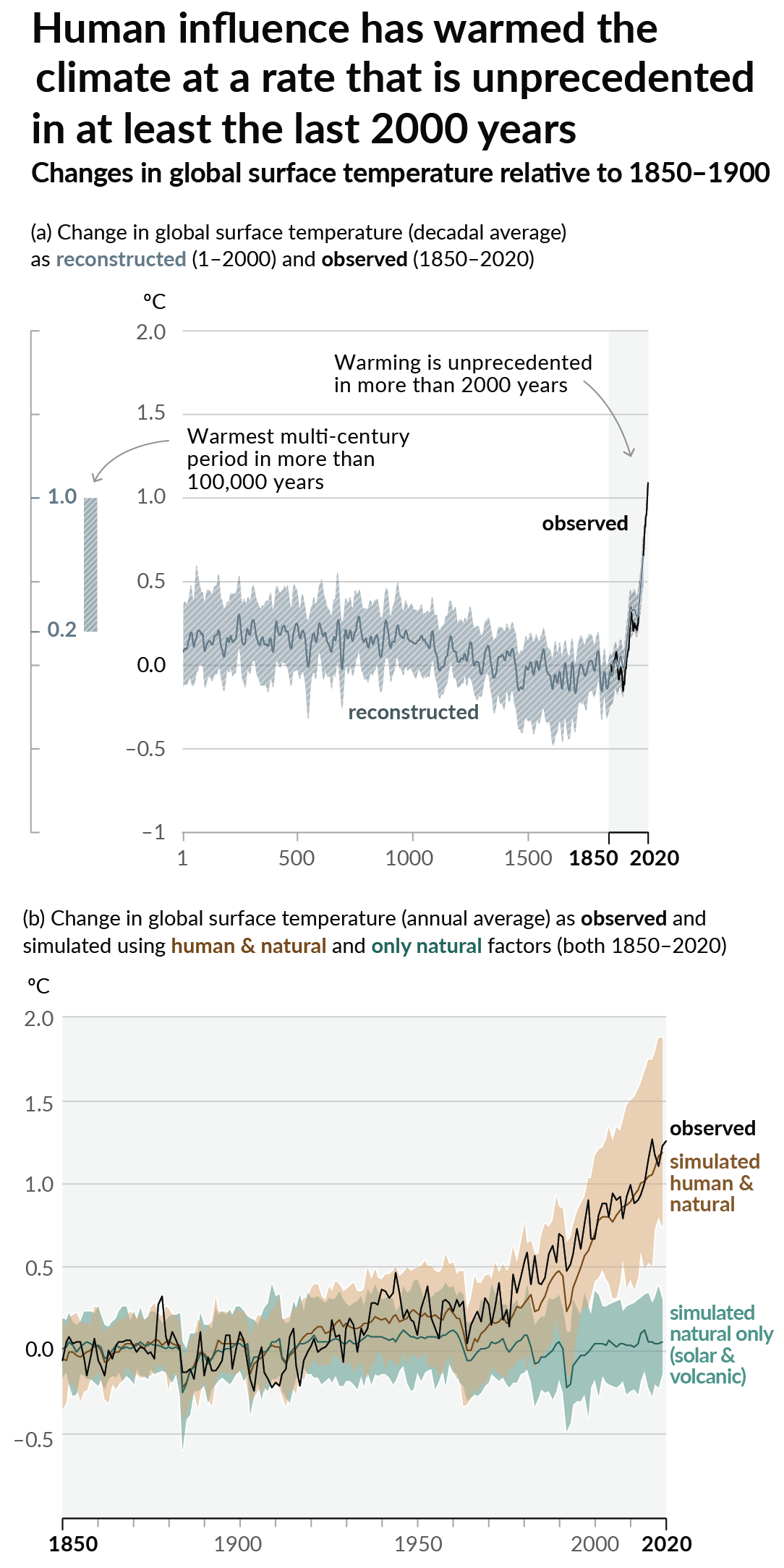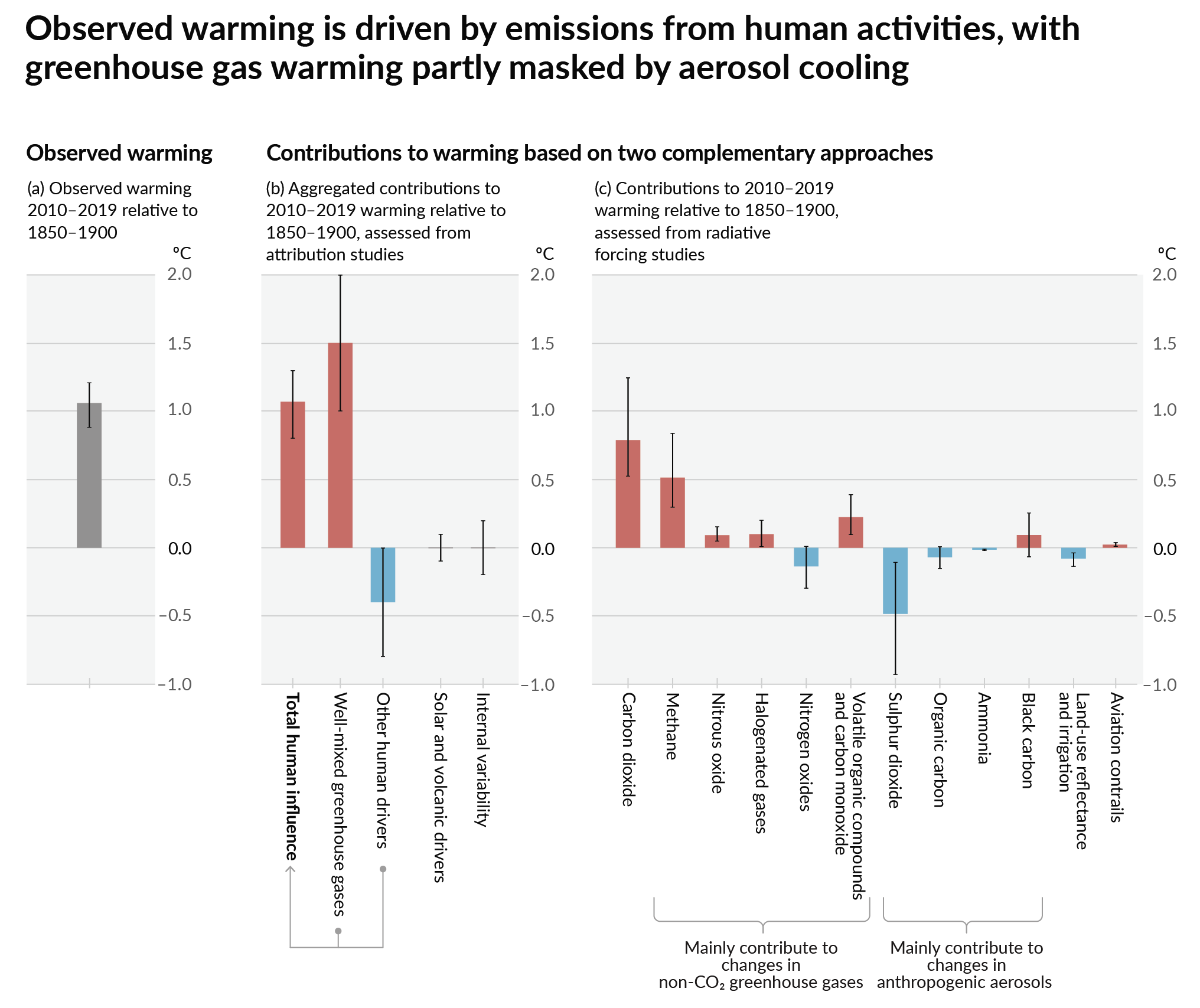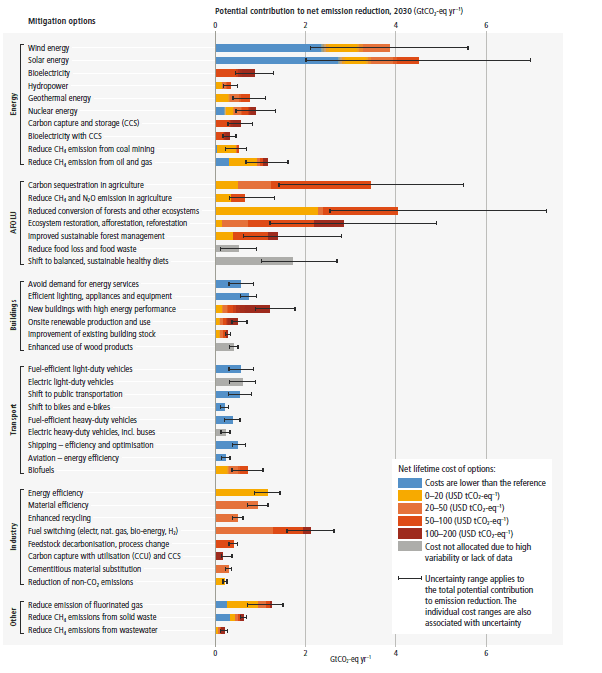this post was submitted on 07 Feb 2025
156 points (98.1% liked)
Climate - truthful information about climate, related activism and politics.
7266 readers
414 users here now
Discussion of climate, how it is changing, activism around that, the politics, and the energy systems change we need in order to stabilize things.
As a starting point, the burning of fossil fuels, and to a lesser extent deforestation and release of methane are responsible for the warming in recent decades:

How much each change to the atmosphere has warmed the world:

Recommended actions to cut greenhouse gas emissions in the near future:

Anti-science, inactivism, and unsupported conspiracy theories are not ok here.
founded 2 years ago
MODERATORS
you are viewing a single comment's thread
view the rest of the comments
view the rest of the comments
It isn't that simple. Solar power wasn't economical until China made a push to manufacture at scale.
Wind power received that push in Europe. Then China and India have joined in.
Not buying the massive nuclear reactors and buying smaller units could be possible. They exist. Alternative technologies also exist.
But nuclear generates heat, which we use to heat water into steam. Which drives a turbine to produce AC electricity.
Massive steam turbines are massive because they are efficient. Multistage turbines range from near 70% efficient for massive ones to 25% efficient for the smallest ones in serious use.
NTAC-TE is a technology that converts the radiation into electric current. Like solar panels converting the sun's radiation into electric current.
NASA uses it in space craft.
If we can get that working at an efficient rate smaller radioactive units will produce power without the efficiency loss of small steam generators. Then we can talk about small modular nuclear energy.
Unfortunately every pro nuclear person parrots the same gumf about nuclear being good, therefore we need to build the massive nuclear reactors.
They only consider talking about any other technology to try and defend nuclear when you point out why they shouldn't be built anymore.
So in 20 years, if we stop building massive nuclear reactors with the money, we might be able to complete some research and start building the correct nuclear technology at scale.
But that 20 years is vital and we need to spend that on carbon reduction now. That's reducing usage through insulation. That's renewables being added to the supply directly now. That's grid level storage to allow us to stop relying on massive steam turbines to hold a steady grid load.
In 20 years we can talk about nuclear again. Add an additional time for every wasted effort on a reactor like Hinckley C or Olkiluoto 3. Starting out as a thin justification and just economically viable.
But then spending 400% of their budget meaning carbon reduction would have been much higher investing elsewhere.